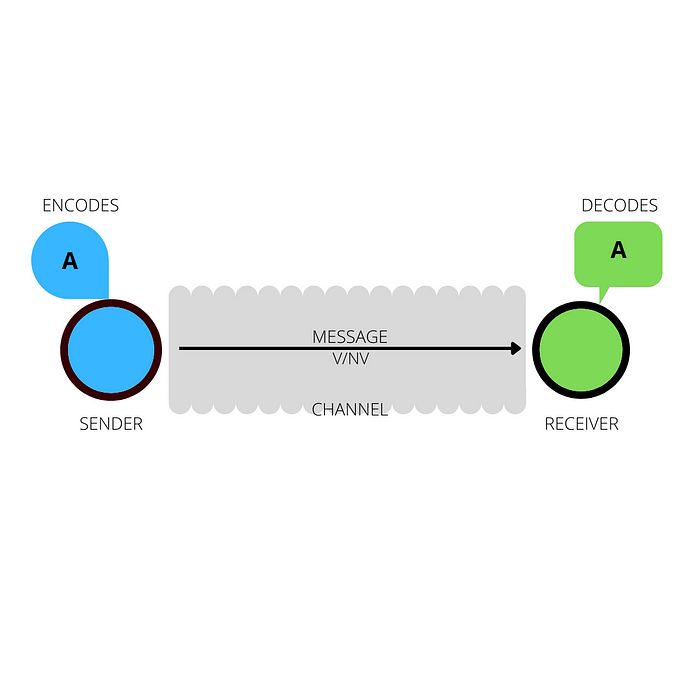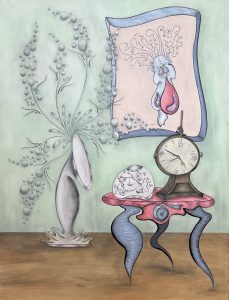Explain to me why in all this No Child Left Behind Every Student Succeeds crap, and with all these genius education experts, no one has instituted a Communication requirement.
The cornerstone of human existence is communication. For the most part, we get by. Overall, we communicate poorly. And over the years, as a Communication professor and theorist, I’ve discovered most people never study communication in order to improve.
Master communicators have what’s called communication competence. They understand the context of the moment–and know how to adapt their communication to the situation and people involved.
But we can’t be competent communicators until we understand what communication is and how it happens.
Sure, we all know what communication is–but perhaps we should learn all the elements. The rules. The science. We don’t need to know how our car’s engine works to drive–but we do need to understand the engine if we want to become a mechanic! It is the same if we want to master communication–if we want to be competent communicators!
What a world it would be if we were all good at communicating!
Communication is the process of relating and acting on information.
I like this definition: Communication is a transactional process involving participants who occupy different but overlapping environments and who create relationships through the exchange of messages, many of which are affected by external, physiological, and psychological noise.
In three articles, I will help you appreciate that definition. 20 minutes of your time to change your life.
This time, we’ll explore the first half of the definition: communication is a transactional process involving participants who occupy different but overlapping environments and who create relationships through the exchange of messages.
Theorists use models to understand that process, eventually concluding that communication was a transaction — akin to a movie — and not a one-way moment in time akin to a photo.
The first model, the Linear Communication Model or Shannon-Weaver Model, was offered in 1948 by Claude Elwood Shannon and in 1963 by both Shannon and Warren Weaver. (Shannon & Weaver)
The Shannon-Weaver Model looks like this:

We have two participants who exist in their own spaces — their own environments. But those environments are connected somehow — they overlap. The participants want to create a relationship. It could be they want to buy and sell a latte. Or have a marriage. Or build a bridge.
Or one is trying to teach the other to be a better communicator!
For the transaction itself, the sender, or transmitter, considers, observes or acquires information–the letter A, for example. Information can be observed or in the sender’s memory. It can be an idea or feeling–whatever the sender wishes (or unconsciously wishes) to communicate.
The sender then encodes the information, turning that information from a thought or feeling into communication. The encoding results in a verbal and/or nonverbal message. (Hall) The verbal and nonverbal (V/NV) aspects are called codes–so you see how the sender en-codes a message!
Verbal coding is the obvious: it’s the words used to create the message. One of the beautiful things about verbal language is how it permits us to communicate complex subjects. How would you discuss quantum physics, a mortgage, environmental impacts, political concerns, or a music contract without words? With only pictures and gestures? It would be impossible.
Unless, at some point, we become The Borg, and share a hive mind.
Back to the model. The sender then transmits that message across a channel. The channel, the route of a message, can be anything in our electromagnetic spectrum (radio, television) or space (sound, motion).
On another important note, channels often eliminate one of the codes. Think about texting: You lose the nonverbal codeof the communication (which no emoticon can replace!). Eliminating coding is not ideal. To create a message, your receiver can accurately decode takes significant consideration. This is why texting, as it functions today, is a substandard communication form and should be avoided for all but the most direct, factual, and simple messages: “I’ll be there. 13th Street. 10 am.”
Finally, the receiver receives the message and decodes it, turning the communication into a thought, a concept, an impression, an emotion.
This Linear Model was criticized as being too simplistic and misleading. (Berlo, Schramm) Communication is not a snap shot or photo of a moment, but a changing thing. Shannon and Weaver’s model seemed to try to capture the moment of the first transmission and nothing more.
In 1970, communication theorist Dean C. Barnlund finally offered the modern model on which we rely today: The Transactional Model of Communication. (Barnlund)
Like the Linear Model, the major elements remained–sender, encoding, channel, message, receiver, and decoding — but Barnlund added one important aspect: Feedback.

Barnlund noted that once the first transmission is received, the receiver becomes the sender–and responds in some way: encoding and transmitting a message. The Transactional Model was considered to be more realistic. Communication is a transaction–more like a movie that a photograph. Notice the labels of sender and receiver are replaced by communicator.
In the first stage, the sender encodes and transmits. The receiver receives and decodes. Then the receiver becomes the sender, encoding and transmitting the responsive, feedback, message. The original sender is then the receiver who decodes the feedback.
Pretty simple, right?
UNDERSTANDING THE DYAD MODEL
Notice we have only graphed one sender and one receiver. This is called a dyad and it is the model upon which communication research and theory are based. How do we graph the model where one person is speaking to many people? We first can break down the levels of communication as follows:
· dyadic communication — one-on-one communication. Includes interpersonal communication.
· small group communication — interaction between several individuals.
· public communication — interaction and dialogue between individuals and groups. Includes public speaking.
· mass media — public communication that has the potential of reaching…everyone on the planet.
How can we use the Transactional Model for speeches or to show a newscaster or presidential speech? It seems too simplistic. Ah…but it is simplistic and, honestly, overwhelming if we really think about it.
Although the President is addressing millions of people, the communication is essentially millions of dyads. Each person is indivudually decoding the President’s message. Each person is receiving that message across a particular channel — television, radio, internet. Each person is receiving his or her own message — although the President is just saying each statement once. No matter the number of receivers, the communication can and must be broken into individual dyads for purposes of analysis.
EXERCISE:
Before we dive into how we all screw up communicating with each other, take the time to understand the transactional model. You can do so by doing the following exercise: Using a recent conversation you had, graph and label the parts of the transactional model. Remember to note:
– The sender (you)
– The receiver (the person to whom you were communicating)
– The channel in which you were communicating (the air, radio or satellite waves)
– How you encoded your message (words, gestures, expressions)
– The stated message
– How the receiver decoded the message
– How the receiver–now the sender — encoded the feedback.
– The stated feedback
– How you (now the receiver) decoded the feedback.



